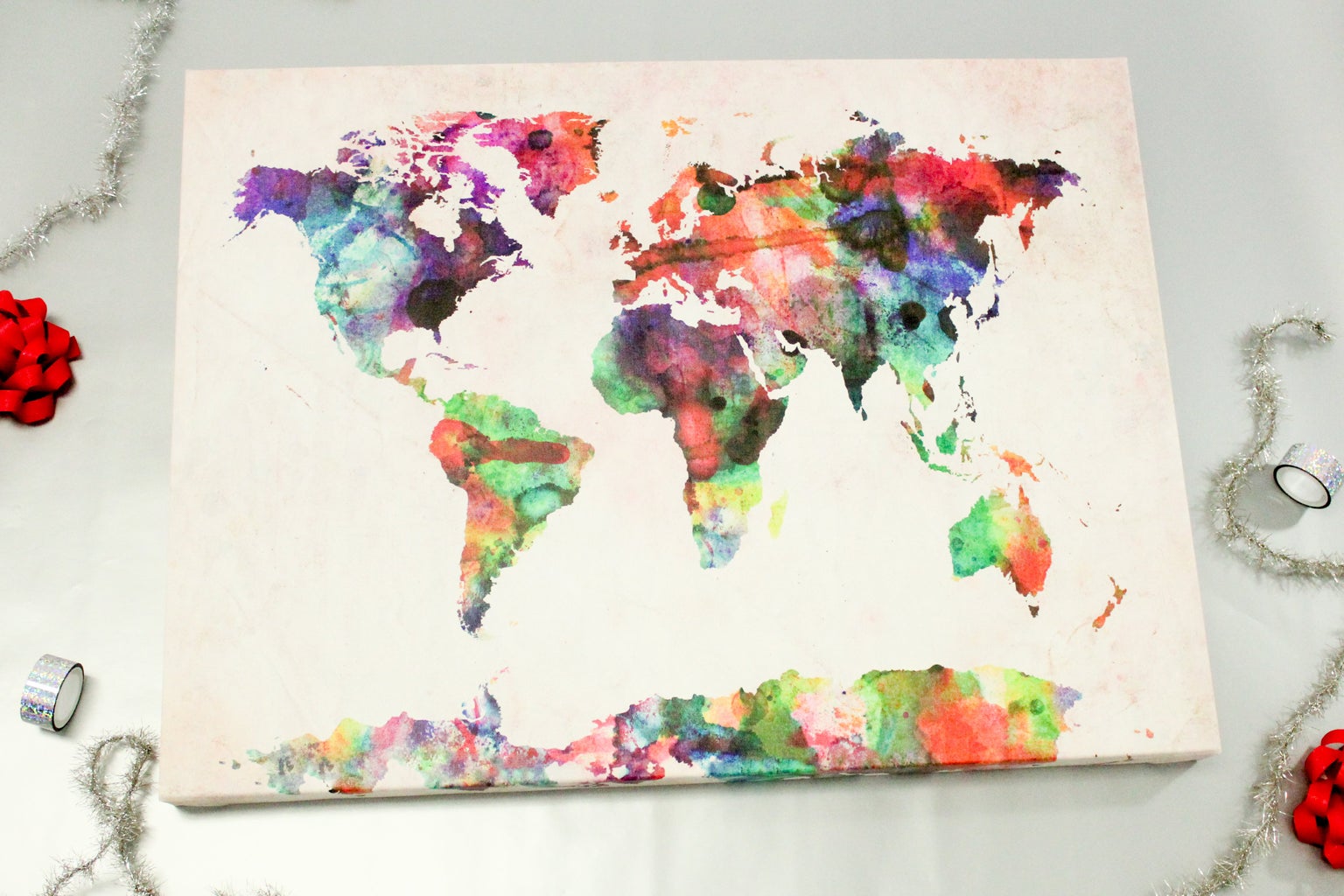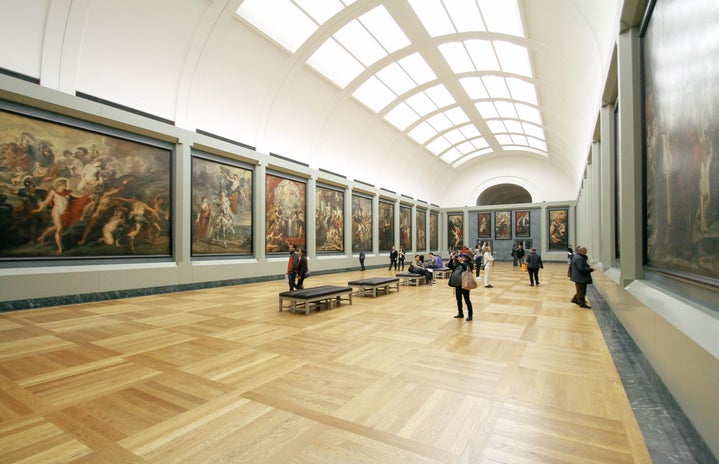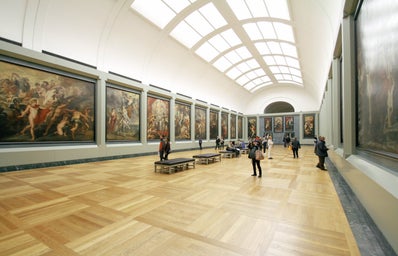If you’ve ever taken an Art History introductory survey course in high school or college, how many Black artists do you recall being highlighted? And, of the subjects themselves, how many people of color did you see portrayed as the primary subjects in works that empower (rather than diminish) their worth? Unfortunately, people of color are hugely underrepresented in art historical education, from elementary school to high school and beyond.
Art History perpetuates a Western narrative in which virtually all non-Western groups are under- or misrepresented. For centuries, people of color have appeared in art as slaves, comedic relief, or exotic fantasy, highlighting a Eurocentric, white, male perspective that has reduced the value of POC both as subjects and creators of art.
The art historical canon does little to correct these faults of the past. Education plays a central role in the development and understanding of Black history and the role of Black creators, but Art History remains largely Eurocentric, ignoring the unrivaled and extraordinary contributions to art made by people of color throughout history.

This issue is significant because it speaks to the value of representation in how it shapes our beliefs. Showing only one side of a diverse reality perpetuates a “normal versus ‘other’” binary. A white-washed Art History causes all art that dares to transcend the “norm” to be measured against the established, normative structure. This form of white-washing leads to discrimination, primarily in the formation of “in-groups” and “out-groups”. Members of an “in-group” tend to view others (or the “out-group”) in a negative and hostile light, so as to reinforce their own identity as an “in-group.” Eurocentric standards in Art History place Black art in the “out-group” – a large leap away from equality.
Furthermore, art and history taken separately are perhaps two of the most foundational disciplines for understanding cultures and communication. Art has the potential to connect human beings by going beyond cultural identity, ethnicity, socioeconomic status, and more. While culture does define the contexts in which art is created and presented, art has the power to transcend these boundaries and connect human beings in a way that other forms of communication, such as language, cannot. We may not all be able to understand the same language, but we can all understand art and acknowledge its power in communicating fundamental truths about the human experience. This is why equality in art education is vital: what is taught to be important in art is reflective of what is ‘supposed’ to be regarded as important in society. Excluding and reducing the impact of entire cultural groups warps this narrative.
History shapes our understanding of the present and influences our journey to the future. Art and history are inherently connected, as historical events spur artistic creation and innovation. Art, in turn, defines key points in history. This intrinsic relationship documents human experiences and worldviews. Artistic movements like the Renaissance, the Enlightenment, Realism, Impressionism, Modernism, and more go beyond art itself in providing an account of the human psyche of the time. However, these movements continue to exclude Black voices in these key moments in history, once again diminishing the multi-faceted nature of reality. Art and artists that are represented in history actually highlight the void created by art and artists that are not given (adequate) representation. What is present in history makes equally clear what is absent from history.
The universally Western art historical narrative fails to recognize the non-Western world as a prolific source of art, instead maintaining the Western perspective as the artistic center. As a result, BIPOC (Black, Indigenous, and People of Color) art has been ostracized to the fringes of our art curriculums. In education and museum curriculums, it is time for the Western textbook narrative to be eradicated, and for art to be decentralized from the Eurocentric perspective. Only then can non-Western sources, Black artists, and people of color be rightfully credited for their profound impact on the history of art. To facilitate this change, we can choose to educate ourselves on this inequality, question the representations of Black people in art, and champion a change in the educational system to expand the art historical canon. It is our responsibility to foster a truly diverse understanding of the many cultures in Art History.




